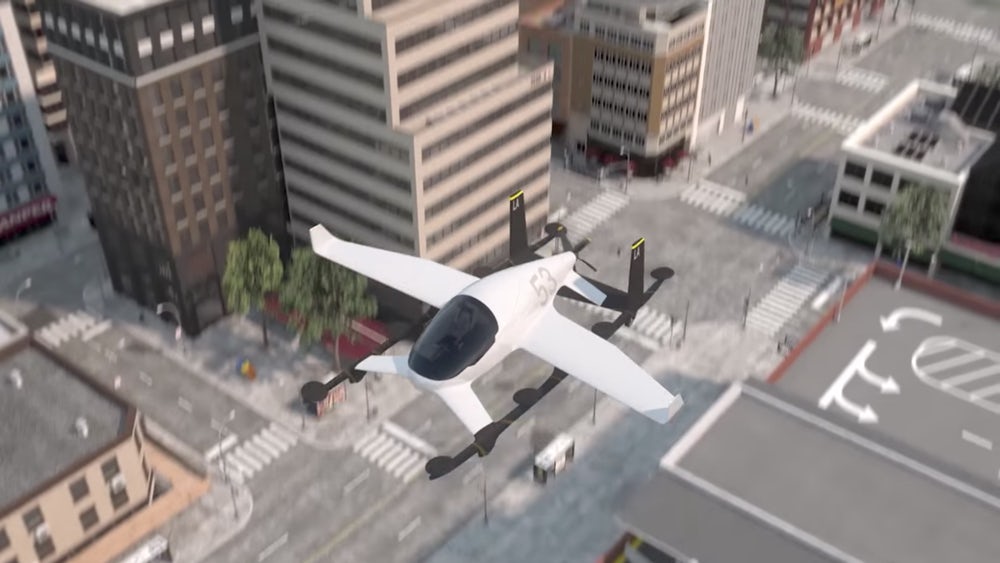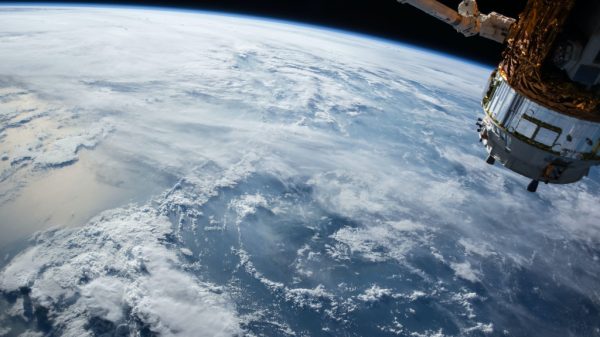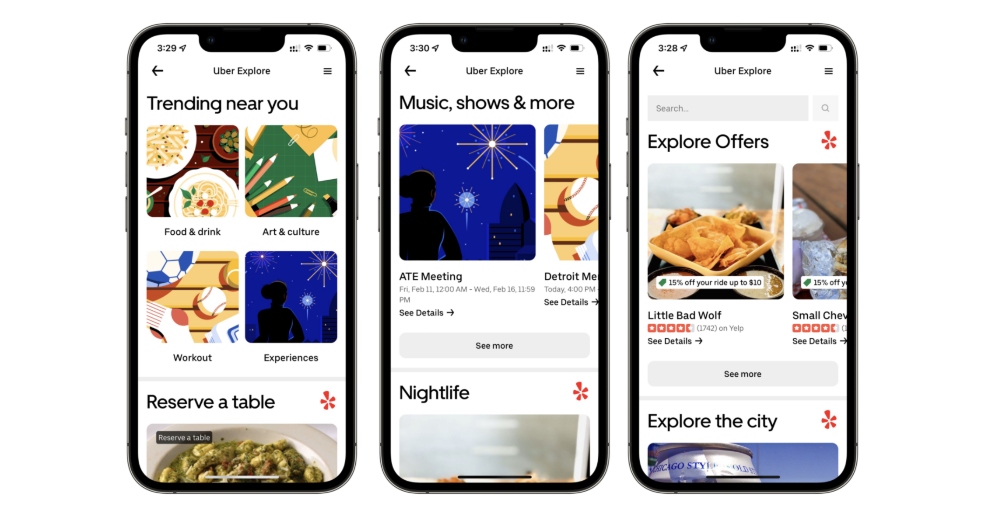When I was an elementary school student in the early 90’s, our teacher gave us an assignment wherein we made predictions about how the world would be different after the new Millennium. The most common prediction was that by the year 2000, we would all be zooming about in flying cars.
Seventeen years into the new century, and we’re still waiting for our sci-fi dreams to come true. But a new partnership between NASA and Uber is bringing that dream closer to reality.
If you’ve been following this issue, you already know that Uber has been working on creating flying cars. They want to recreate the success of their on-ground ride-hailing service (and, let’s be real, revolutionize transportation) by developing “ride-sharing in the sky.” They’d like customers to use their smartphones to hail an electric, driverless, flying vehicle.
Uber plans to test such a four-passenger taxi in Los Angeles by 2020, with a proposed second test market in the Dallas-Fort Worth metro area.
Their vehicles will likely be a hybrid of drone, plane, and helicopter design, and will be able to travel at 200 miles per hour, and to take off and land vertically.
Uber has also been working to woo aviation regulators. Uber’s Chief Product Officer Jeff Holden says that they are “starting very early in discussions” with regulatory agencies to make sure that they are “aligned with the vision.”
Meanwhile, NASA has been testing their own flying cars, starting at a U.S. Federal Aviation Administration (FAA) testing site, and then in increasingly populated areas. Next year, they’ll start Phase Three of the project by testing vehicles in areas with moderate population density, followed by densely populated urban areas in Phase Four.
That’s where Uber comes in.
In January, NASA contracted Uber to develop the software that will, theoretically, one day be needed to make sure that many aircrafts can safely share the airspace in urban areas. That software will also need to be integrated with existing air traffic control systems.
To meet this goal, Uber has hired former NASA engineers to manage the software program, as well as the aircraft design team. This is the first services contracted that NASA has ever signed with a company to work on flying vehicles that stay within the earth’s atmosphere.
Ellen Vessels, a Staff Writer at The American Genius, is respected for their wide range of work, with a focus on generational marketing and business trends. Ellen is also a performance artist when not writing, and has a passion for sustainability, social justice, and the arts.











































Pingback: How NASA helps small business reach for the stars - The American Genius